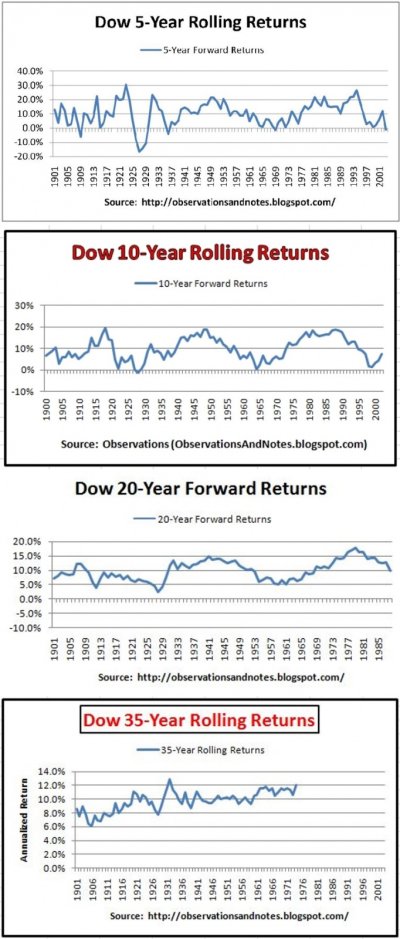I am curious why failure rates increase (smaller balance) with shorter time periods.
Example:
Spending $10K a year
Portfolio $500K
20 Years.
Portfolio 50% Stocks 50% Commercial Paper.
Results Min 385K
Same calculation except time period is 10 years
Results Min 284K
This does not appear to be so with every input value. I'm a bit concerned because I am seeing this in my personal calculations.
Example:
Spending $10K a year
Portfolio $500K
20 Years.
Portfolio 50% Stocks 50% Commercial Paper.
Results Min 385K
Same calculation except time period is 10 years
Results Min 284K
This does not appear to be so with every input value. I'm a bit concerned because I am seeing this in my personal calculations.

